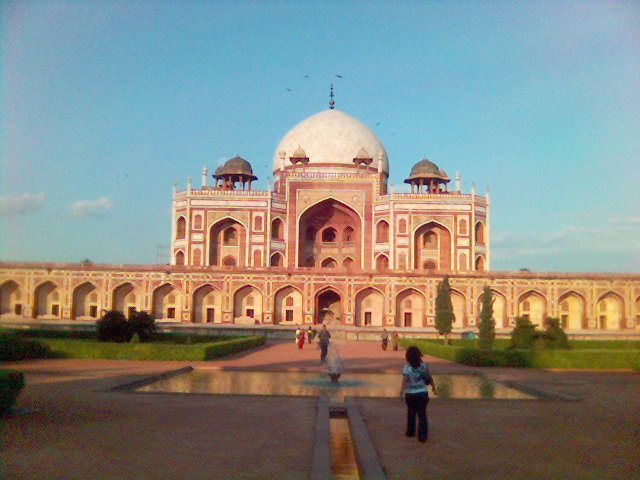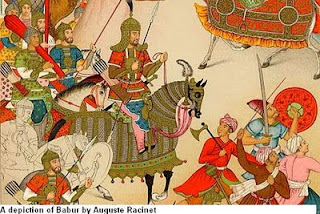80000 year old Stone Tools & Weapons unearthed near Chennai
Archaeologists have unearthed a large number of stone tools and weapons dating back to more than 80,000 years ago from a dry lake bed in Singadivakkam , a remote village some 65 km south of Chennai, according to report published in Times of India. The discovery was the result of an ongoing excavation work, in cooperation with the Archaeological Survey of India , by Professor S Rama Krishna Pisipaty and his student S Shanmugavelu of the department of Sanskrit and culture at Sri Chandrasekaharendra Saraswathi Viswa Mahavidyalaya in Enathur, Kancheepuram . According to Professor S Rama Krishna Pisipaty and his team, so far hand-axes, choppers, scrappers and borers as well as microlithic tools (small stone implements) and pointed tools of different sizes and shapes have been found. The tools could have been used for hunting and fishing. Read Full Story





